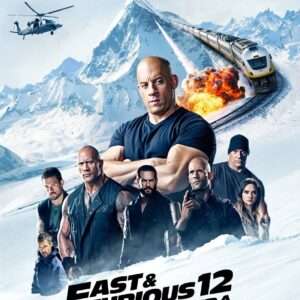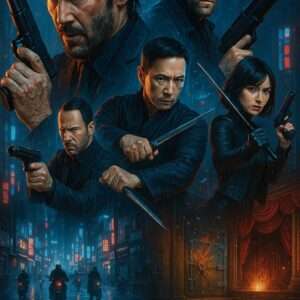Director: Harald Zwart
Starring: Thomas Gullestad, Jonathan Rhys Meyers
Genre: War/Drama/Thriller
Runtime: 135 minutes
Introduction
The 12th Man (original title: Den 12. mann) is a Norwegian historical thriller based on the incredible true story of Jan Baalsrud, the sole survivor of a failed WWII sabotage mission against the Nazis. Directed by Harald Zwart (The Karate Kid, Agent Cody Banks), the film is a harrowing survival epic that combines intense chase sequences, brutal endurance, and the resilience of the human spirit.
While not as widely known as other WWII films like The Great Escape or Dunkirk, The 12th Man stands out for its relentless tension, stunning cinematography, and powerful lead performance by Thomas Gullestad.
Plot Summary
In 1943, twelve Norwegian resistance fighters (trained by British forces) embark on a covert mission to sabotage a Nazi airfield. However, their operation is betrayed, leading to a deadly ambush by German patrols. Eleven men are captured or killed—except for Jan Baalsrud (Gullestad), who escapes into the freezing wilderness.
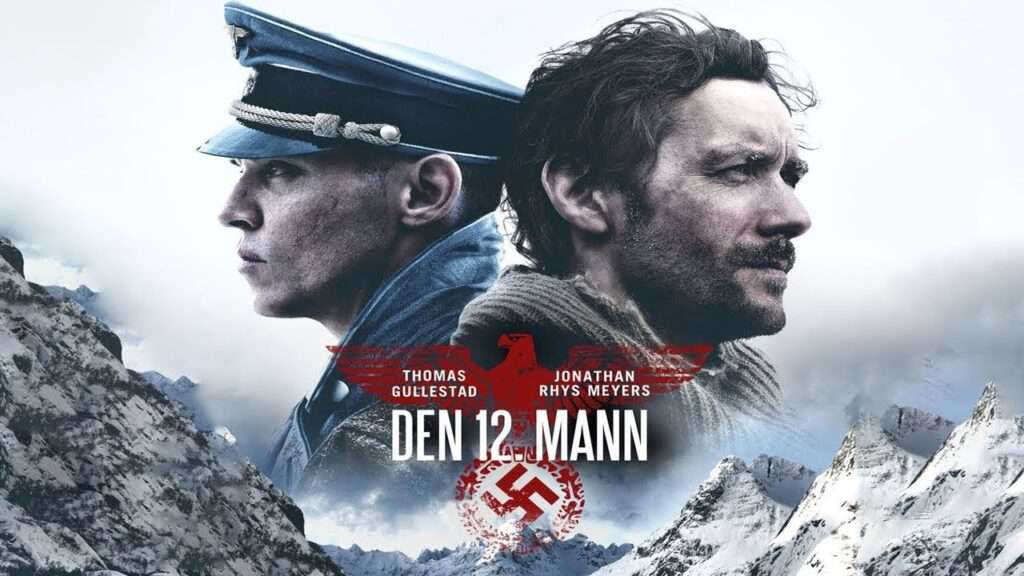
Badly injured and pursued by the ruthless Nazi officer Kurt Stage (Jonathan Rhys Meyers), Jan must survive the brutal Arctic conditions with little food, no proper footwear, and severe frostbite. Along the way, he encounters ordinary Norwegian civilians who risk their lives to help him cross the border into neutral Sweden.
The film chronicles his nine-week ordeal, showcasing both the physical agony of survival and the quiet heroism of those who aided him.
Strengths
1. Unrelenting Suspense & Survival Horror Elements
Unlike many war films that focus on large-scale battles, The 12th Man plays like a survival thriller. From avalanches to Nazi interrogations, Jan’s journey is a series of near-death escapes. The film’s pacing keeps the tension high, making it feel like a real-time endurance test.
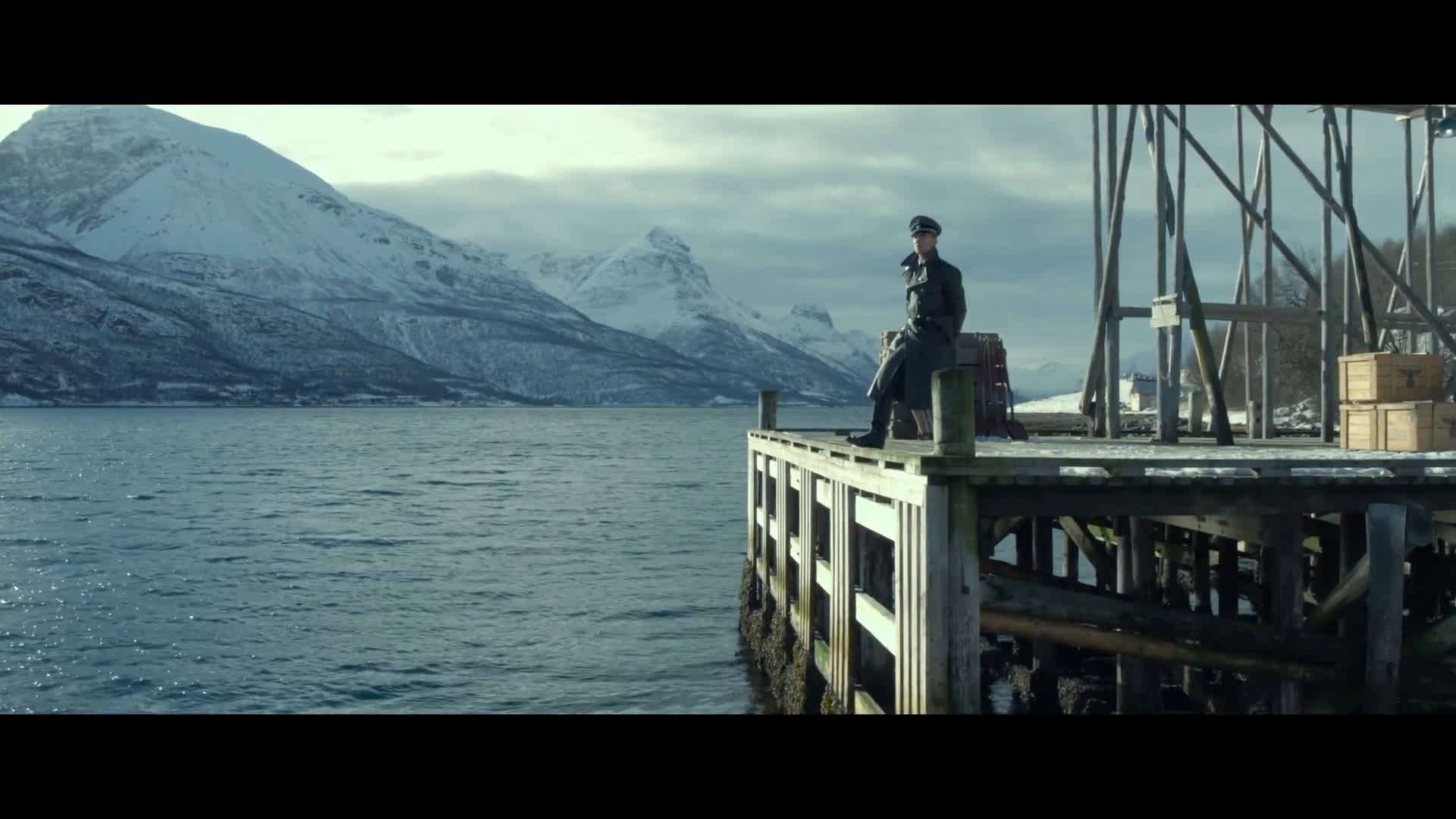
2. Thomas Gullestad’s Stellar Performance
Gullestad delivers a physically demanding and emotionally raw performance. His transformation—from a determined soldier to a broken, frostbitten fugitive—is harrowing to watch. The film doesn’t shy away from the gruesome reality of frostbite, gangrene, and starvation, making his survival all the more miraculous.
3. Jonathan Rhys Meyers as a Terrifying Antagonist
Meyers plays Kurt Stage, the SS officer obsessed with hunting Jan down. Unlike cartoonish Nazi villains, Stage is cold, calculating, and eerily calm. His presence adds psychological tension, as he systematically tortures and executes anyone who helps Jan.
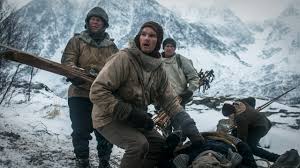
4. Stunning Cinematography & Harsh Realism
The Norwegian landscapes are breathtaking yet deadly—snow-covered mountains, icy rivers, and blizzards become both allies and enemies. The cinematography contrasts the beauty of nature with the brutality of war, emphasizing Jan’s isolation.
5. A Tribute to Civilian Courage
The film’s most touching aspect is its depiction of ordinary Norwegians—farmers, fishermen, and families—who risk everything to help Jan. Their quiet bravery underscores the collective resistance against Nazi occupation.
Weaknesses
1. Pacing Issues in the Second Half
While the first half is a tightly wound chase film, the middle section drags slightly as Jan’s injuries slow the momentum. Some viewers might find the extended survival sequences repetitive.
2. Limited Character Development for Supporting Figures
Many of the Norwegians who aid Jan remain underdeveloped, serving more as plot devices than fully fleshed-out characters. A deeper exploration of their motivations could have added emotional weight.
3. Historical Simplifications
Like many true-story adaptations, the film takes liberties for dramatic effect. Some events are condensed or exaggerated, which may frustrate history buffs.
Themes & Impact
1. The Will to Survive
Jan’s story is a testament to human endurance. His refusal to give up, even when faced with amputation, starvation, and hypothermia, makes his journey profoundly inspiring.
2. The Cost of Resistance
The film doesn’t romanticize war—it shows the brutal cost of defiance. Innocent helpers are tortured and killed, reinforcing the high stakes of resistance.
3. The Power of Collective Resistance
While Jan is the protagonist, the film’s true heroes are the nameless civilians who form an underground network to save him. Their actions highlight the importance of solidarity under oppression.
Comparison to Other WWII Films
-
Similar to The Revenant (2015) in its survivalist brutality.
-
Shares the relentless chase structure of First Blood (1982) but with historical gravitas.
-
Less grandiose than Saving Private Ryan but more intimate and nerve-wracking.
Final Verdict: 8.5/10
The 12th Man is a gripping, emotionally exhausting, and visually stunning war thriller. While it has minor pacing flaws, its strengths—Gullestad’s performance, Meyers’ villainy, and the stark realism of survival—make it a must-watch for fans of historical dramas and survival epics.
Recommended For:
-
Fans of The Revenant, Into the White, or Anthropoid.
-
Viewers who appreciate slow-burn tension and true survival stories.
-
Anyone interested in lesser-known WWII resistance tales.
Where to Watch?
Available on various streaming platforms, including Amazon Prime and iTunes.
Final Thought
The 12th Man is more than just a war film—it’s a testament to the unbreakable will of one man and the silent heroes who refused to let evil win. Harald Zwart’s direction ensures that Jan Baalsrud’s story is not just remembered but felt. If you can handle the intensity, it’s an unforgettable experience.

